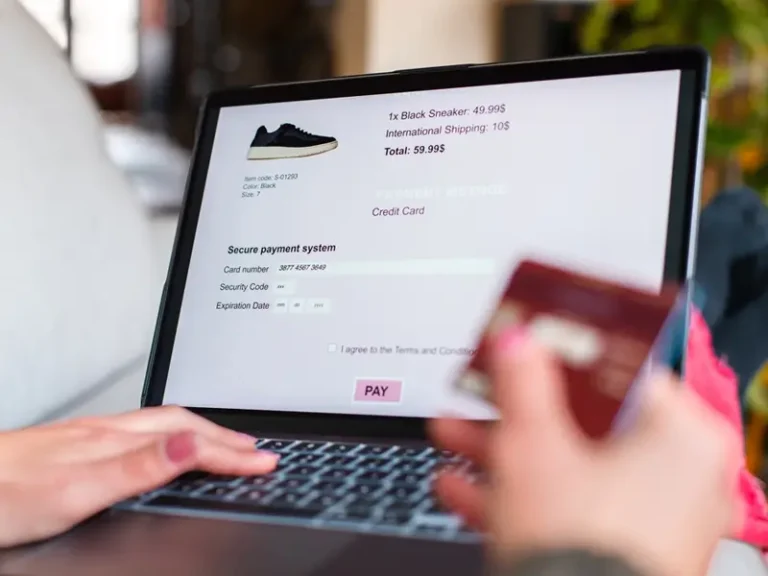And we thought international ecommerce was complicated before 2025… What a quaint notion.
Today, navigating the complexities of rising and ever-changing tariffs and intricate customs processes, where you store inventory and how you fulfil orders can significantly impact your bottom line. A well-devised fulfilment strategy can help brands mitigate tariff exposure, enhance delivery speeds and ensure profitability across global markets.
The fulfilment factors that impact tariff costs
With country of origin taking center stage, you need to seriously consider where orders are fulfiled from and how you document exports. Here’s what you need to know and consider as you move forward in this fraught environment:
1. Cross-border vs. in-region fulfilment
- Cross-border fulfilment allows you to test new markets with low upfront investment and maintain flexibility as the tariff landscape evolves.
- In-region fulfilment helps brands avoid new US tariffs and adapt to retaliatory measures by storing inventory closer to the end customer, reducing customs delays and import costs.
2. The impact of de minimis thresholds
- The removal of the $800 de minimis for China-origin goods means brands shipping from China to US customers will face full duties and customs clearance delays. That will be a significant change for customers who were accustomed to receiving orders from China within 10 days or so.
- In contrast, countries like Canada and Mexico remain tariff-exempt if goods meet USMCA origin rules—making them attractive fulfilment alternatives.
3. Localised inventory for faster delivery
- Placing inventory in strategic regional hubs allows you to balance cost and demand.
- Faster delivery leads to a better customer experience, while avoiding unexpected duties at checkout.
How you can build a smarter fulfilment strategy
So if the current trade environment is causing seismic shifts in logistics and fulfilment, how can your brand deploy a better strategy?
Leverage hybrid fulfilment models
- Maintain cross-border fulfilment for flexible market entry but shift high-demand SKUs to in-region warehouses to reduce duty costs.
Optimise inventory placement
- Identify key markets where in-country fulfilment reduces tariff exposure.
- Balance stock levels to minimise cross-border movement while keeping supply chain agility.
Work with international ecommerce experts
- Partnering with fulfilment providers that handle duties, compliance, and local delivery can simplify international expansion and reduce operational burdens. Bonus points if they already have the infrastructure in place to quickly accommodate your needs.
Conclusion
As trade regulations evolve, brands need flexible fulfilment strategies that protect margins while delivering seamless customer experiences. By optimising inventory placement, leveraging cross-border hubs and aligning with trade compliance experts, ecommerce businesses like yours can navigate tariff changes while continuing to scale worldwide.
Need to evaluate your global fulfilment strategies? Reach out to one of our experts.





